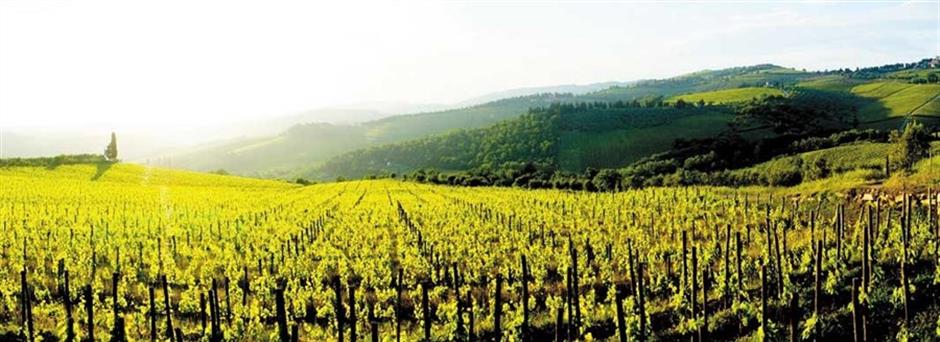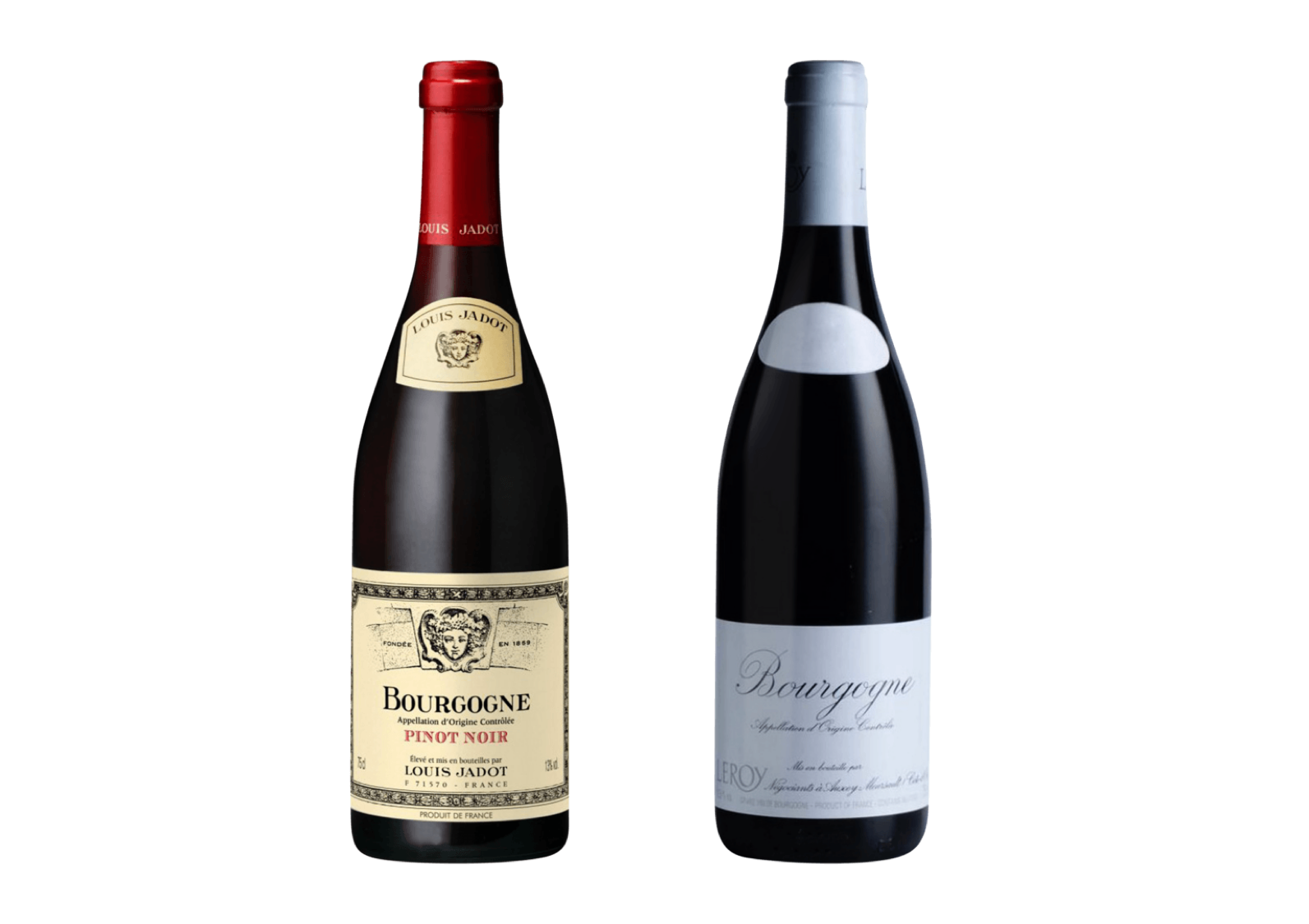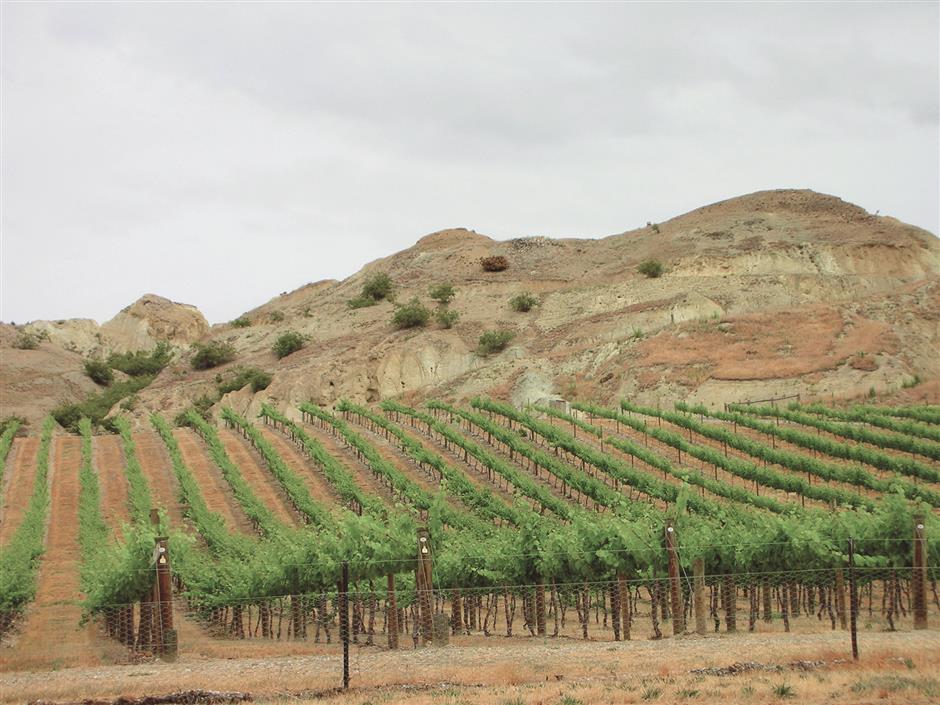Summary
My fine friends at this paper informed me that today’s iDEAL feature story was on seaweed but I had tasted some lovely Fontana di Papa wines from Rome last week that I wished to share with readers.
Then with a little research, two seemingly divergent topics magically converged. I discovered that the ancient Roman elite were fond of shellfish and often seasoned them with dried seaweed. Even more surprising are new findings that indicate many Roman Gladiators were actually vegetarians and in order to keep healthy and fit, one essential component of their diets was a charcoal and vegetable drink laced with seaweed.
Two millennia ago, the Romans drank wines that wouldn’t be terribly popular with modern drinkers. They were slightly oxidized and had other flaws so the Romans often added honey and other ingredients to make the wines more palatable.
Today, the hills surrounding Rome have no problem making superior wines that are gaining recognition worldwide.
Since the nascence of the Roman Empire, vines were cultivated on the hills surrounding the city. The Romans were the first people to develop an advanced concept of terroir and they knew that the rich volcanic soils, elevation and sloping hills near the city were an ideal area to grow grapes.
A mere 20 kilometers southeast of Rome are the Alban hills that reach altitudes as high as 950 meters.
Privileged Romans fled to the hills to escape the summer heat. At the end of the 15th century, Pope Innocent XII commissioned a fountain in the hills where weary travelers could refresh and cool down.
The fountain became known as Fontana di Papa and it’s a safe bet that local wines satiated travelers as they rested at the fountain.
For much of the 20th century the best-known wines in Lazio were fresh and light Frascati whites that were popular in Europe and the States and also used as house wines in the restaurants of Rome.
Recently, new wines from the Alban hills are making a name for themselves. In 1959 a new cooperative winery was established and named after the Pope’s fountain. Fontana di Papa now has over 150 grape grower partners and makes wines from predominantly indigenous central Italian varieties like Malvasia, Trebbiano and Bellone for whites and Montepulciano, Cesare and Sangiovese for reds. In recognition of the popularity and quality of the wines, the ROMA DOC region was established in 2011.
Try these wines. They are not rare and pricy like Brunello, Barolo and Super Tuscans, instead they are expressive, high-quality and eminently affordable wines suitable for everyday drinking.
Best of all they are now available in Shanghai and the rest of China.
You may not be able to revel in the cool waters of the Pope’s fountain but you can deliciously sooth the summer heat with a glass of Fontana di Papa.





